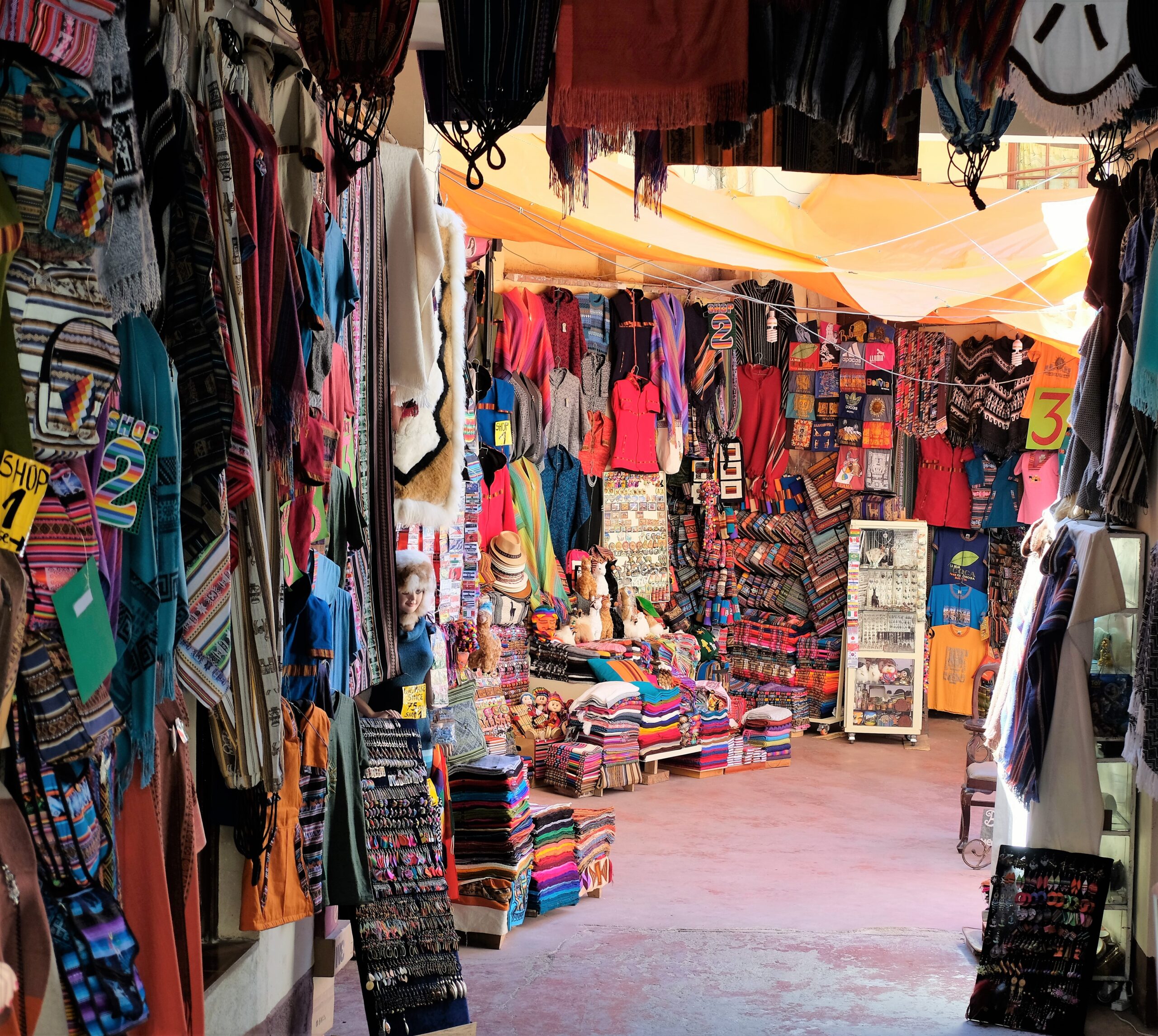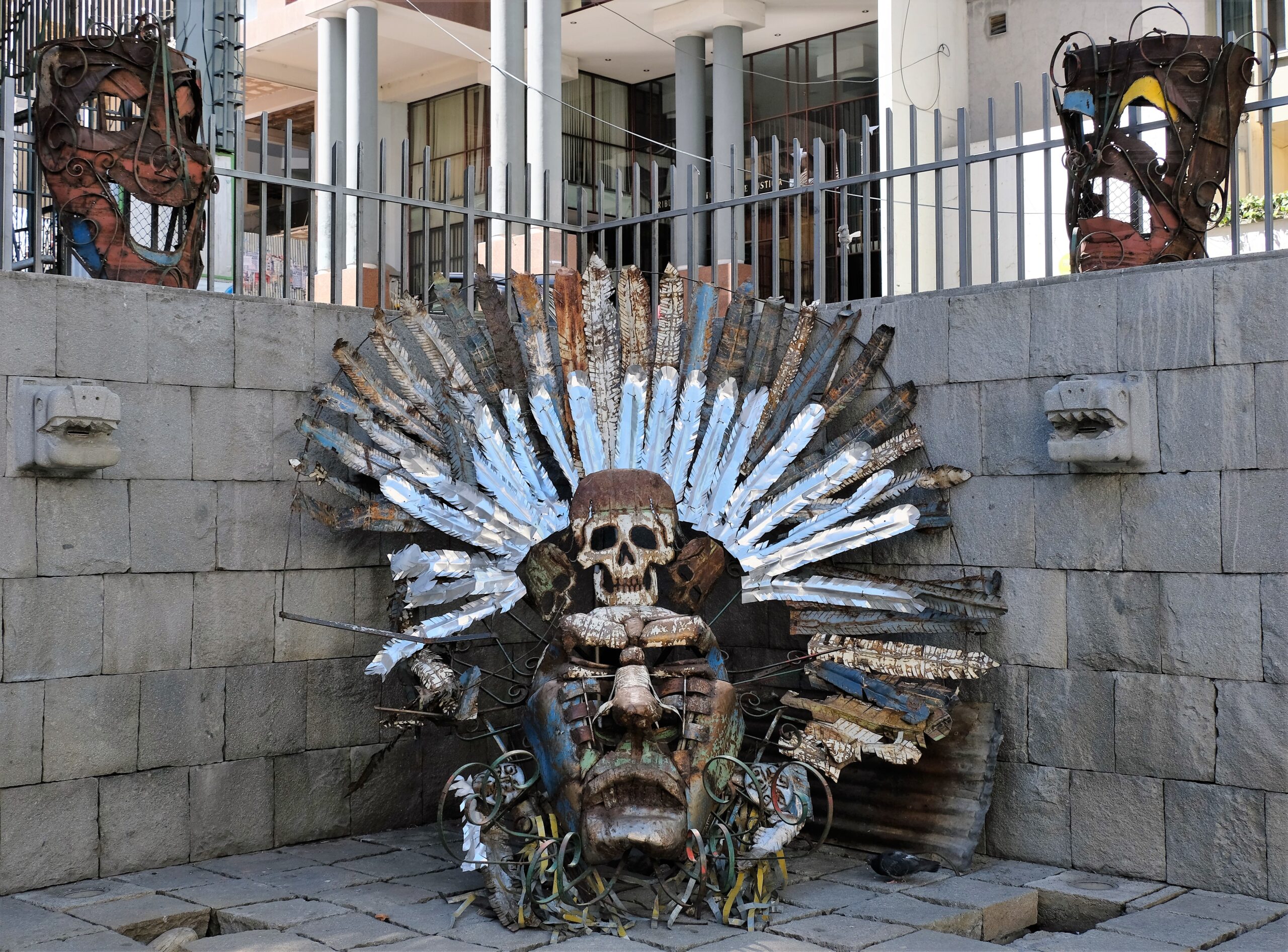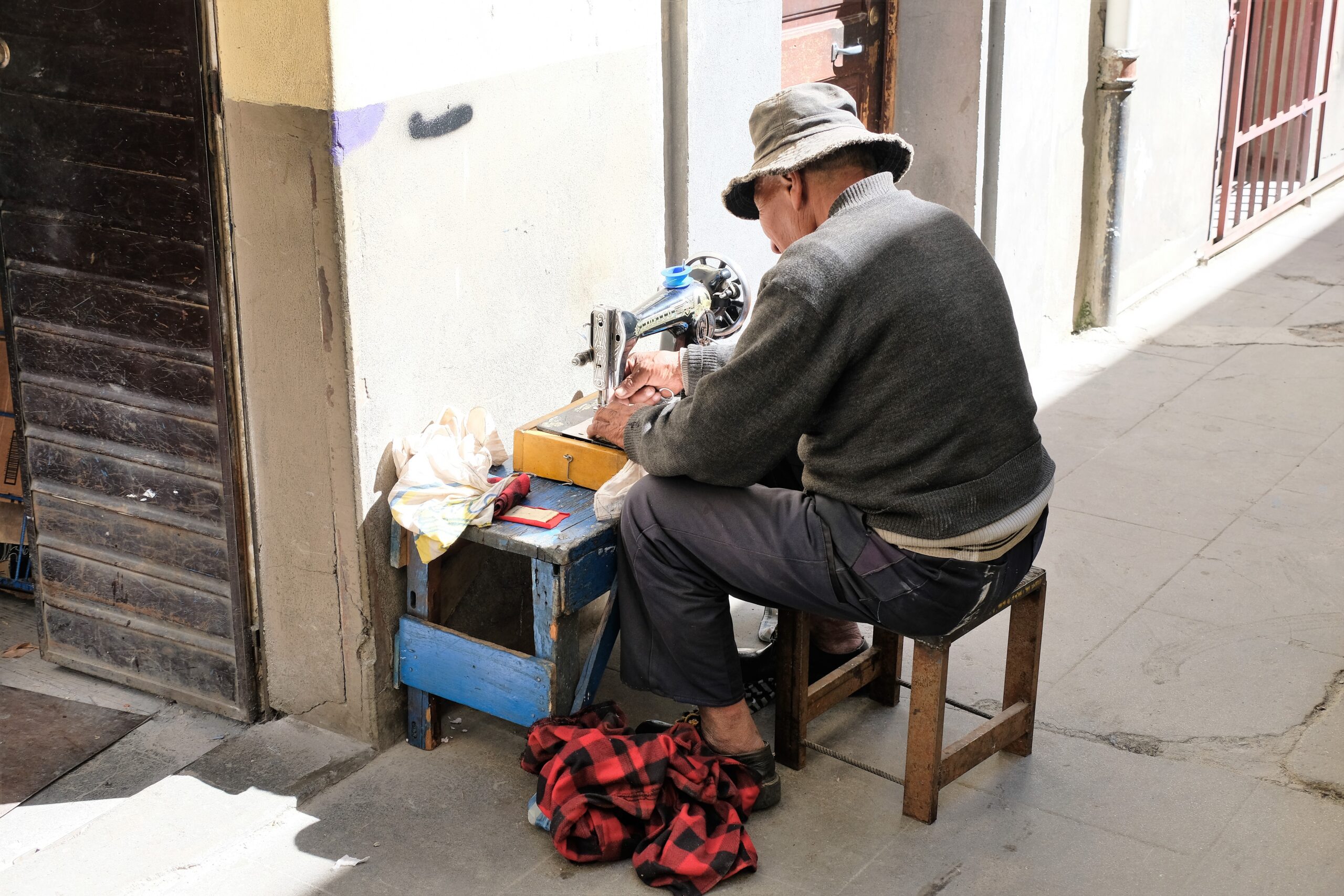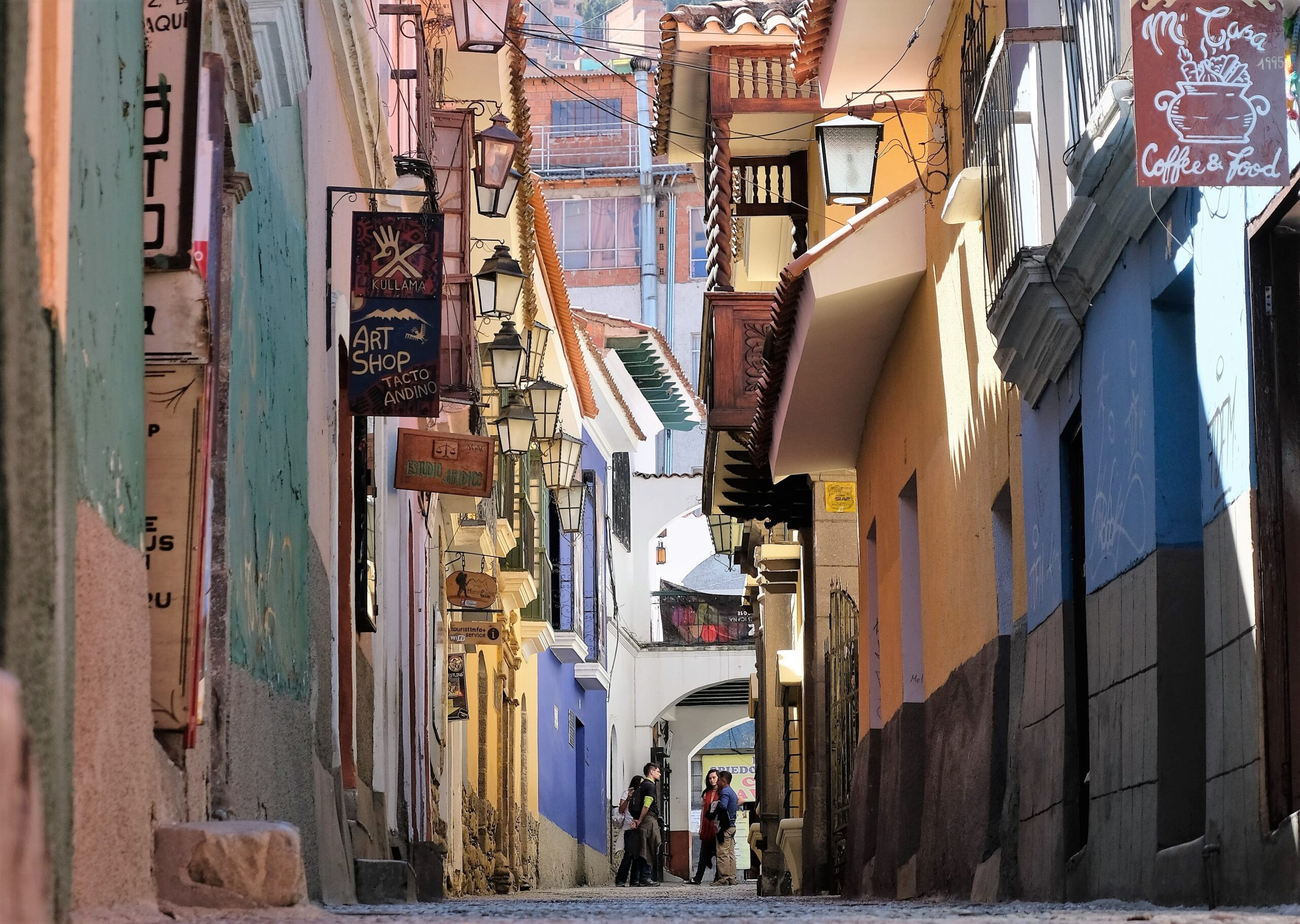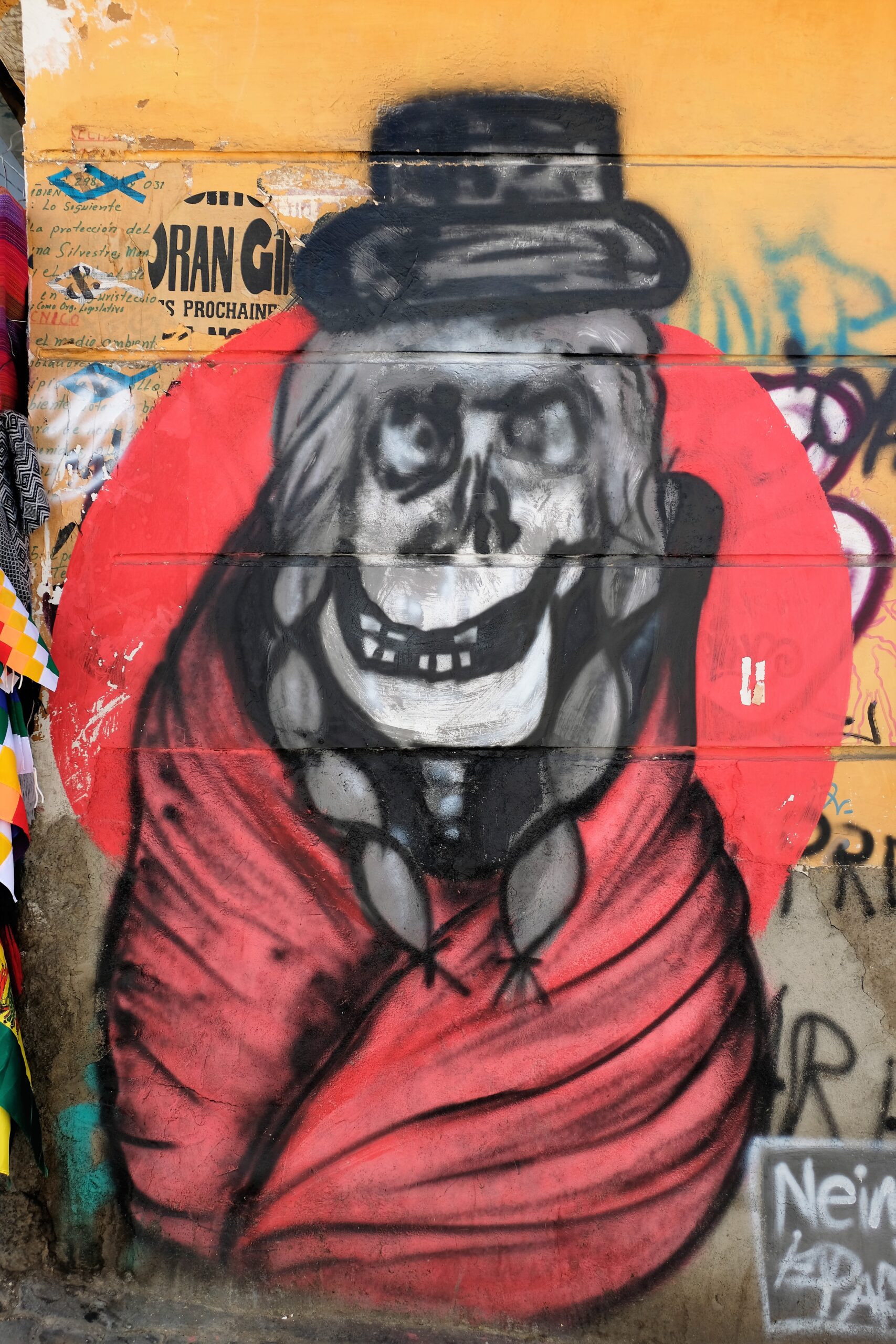My first day of exploring La Paz had ignited my interest, not a bonfire, more like a mild flame of curiosity. It has started off slowly, slower than most places, however now I had no excuses! Where to get good food (Café del Mundo), done. Sim card, done. Local stores for bits and bobs, done. General layout of where I was and what was around me, done. I’d done some research the night before on places of interest nearby too.
Planning my day
Normally I do this the evening before, that’s when I do it. Putting all the destinations for the following day on Google Maps and working out the best route. Once the route is optimised, I take a screen shot. The reason for this is twofold. Firstly, after looking at many destinations I may have forgotten the specifics the following morning. Secondly, I try to save data, so use the screen shot as a reference throughout the day. That way if, more like when I get lost, I then turn my data on. This method means I don’t have my location turned on either which consumes more battery. Of course I have a portable power pack, but it would be crazy to carry these sorts of things every day, especially when so close to my accommodation. If I’m going far out or into remote areas sure.
Normally, I’d start with the furthest destination as first point of call then make my way back or do a loop type route. So, this day would be a proper exploration of the local area. On the agenda was the market area around the hotel, with it’s many narrow streets filled with bright wears. The Witches Market and Calle Jaen (Jaen Street). I purposefully kept the day quite free, giving me time to explore anything I saw along the way. Today I would get lost on purpose and soak up the atmosphere of the peculiar city.


How would I describe La Paz?
Complex. From rundown Spanish colonial buildings to brightly painted quaint neighbourhoods. Crumbling buildings in amongst newly built glass one’s. 21st century living woven between indigenous myths and rituals. A toing and froing like a balancing act between its ancestral past the accelerated world around it. To me this isn’t a pretty city, it is very interesting though. The word different comes to mind, a bland word I know yet very fitting to describe La Paz. Set in a harsh environment where the simplest tasks like walking about is an effort. Even though I had acclimatised to altitude, the days require more effort. Cusco/Cuzco is comparatively flat especially if you’re walking around the historical centre. La Paz gives no ground.
I was there at the end of June then again at the beginning to mid-July; the air felt relentlessly dry. During my first few days I observed everyone, like I always do. It seemed everyone was lazy. Their movements were lethargic, as if they were carrying the weight of the world on their shoulders. I attributed this to their economic situation, and that of the whole country’s, to this invisible heavy cloud that seemed to subdue everyone. First perceptions are not always right! Here people and their bodies have become accustomed to the environment, they know how to use and conserve energy. The lacklustre aura has nothing to do with motivation, it is a product of their environment i.e. location. Despite the unforgiving location what they have achieved would have required nothing short of a herculean effort.

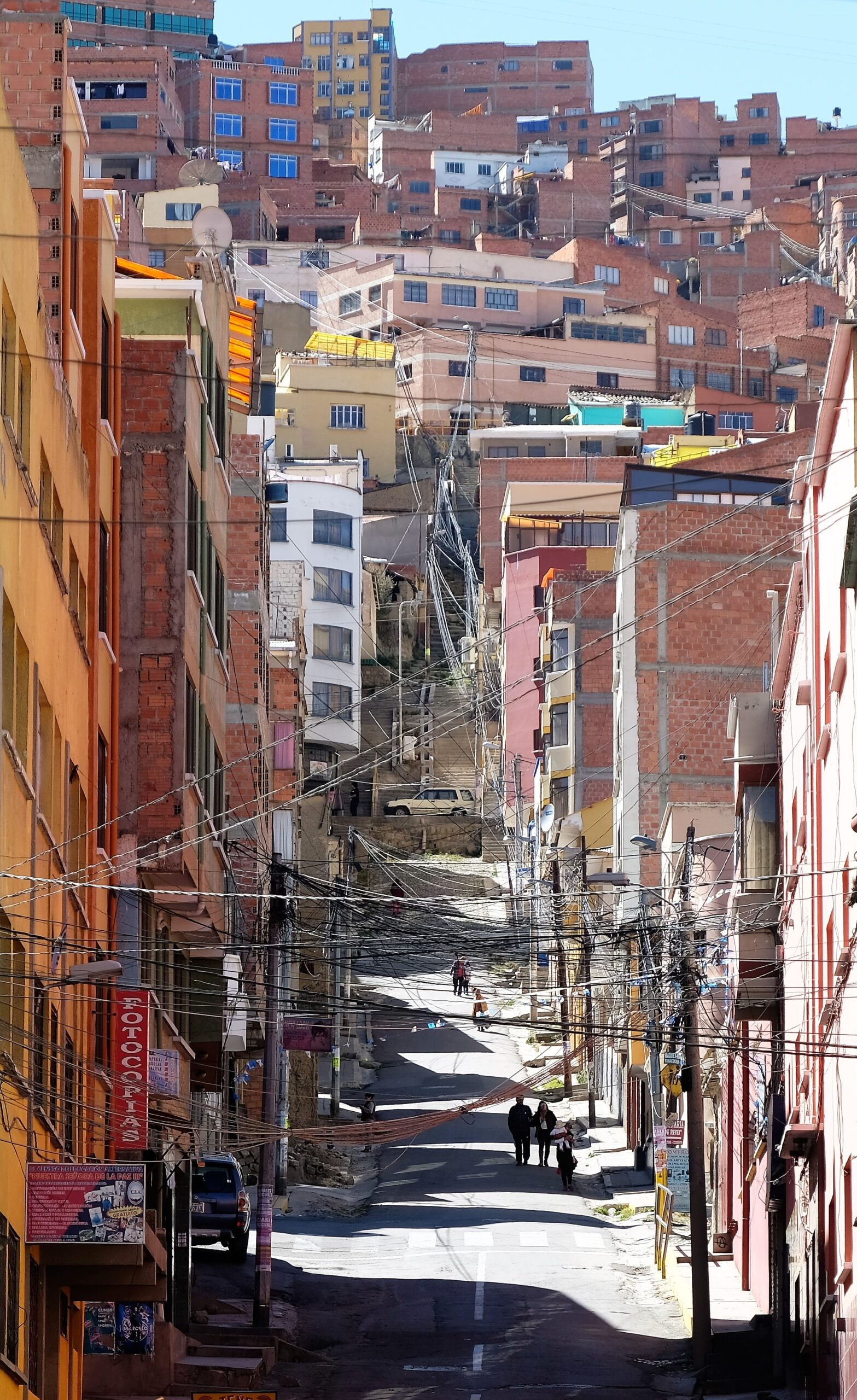
Some facts about Bolivia
Without doubt Bolivia is economically poor, even though they have made substantial strides since 2006. I don’t want this to come across like I’m belittling Bolivia or its people, on the contrary. My perceptions of people have drastically changed during my travels, Vietnam and Bolivia the main catalysts. It’s politically socialist, not communist but far left. Over the past 14 years it has become economically more stable however political tensions have been topsy turvy. Political unrest died down for most of the past 14 year but seems to be rising up again. The population has an average age of 25.6yrs. It has a large rural population and the topography is a challenge to say the least. As an indication only 30% of its rural population has electricity – 32.5% of it’s population live in rural areas.
Average gross monthly salary is around US$701. It’s population is mostly Quechua (45.6%) then Aymara (42.4%), while minorities include 37 indigenous groups. They also have a classification of Mestizo, which refers to people of mixed Indigenous American and European descent; this group constitutes 68% of the populations. The Mestizos comprise parts of the Quechua, Aymara and other indigenous groups hence the percentages don’t add up (hope that makes sense). I’ll discuss more about the Mestizos in a letter blog. Apologies if the term is derogatory, that is not my intention.
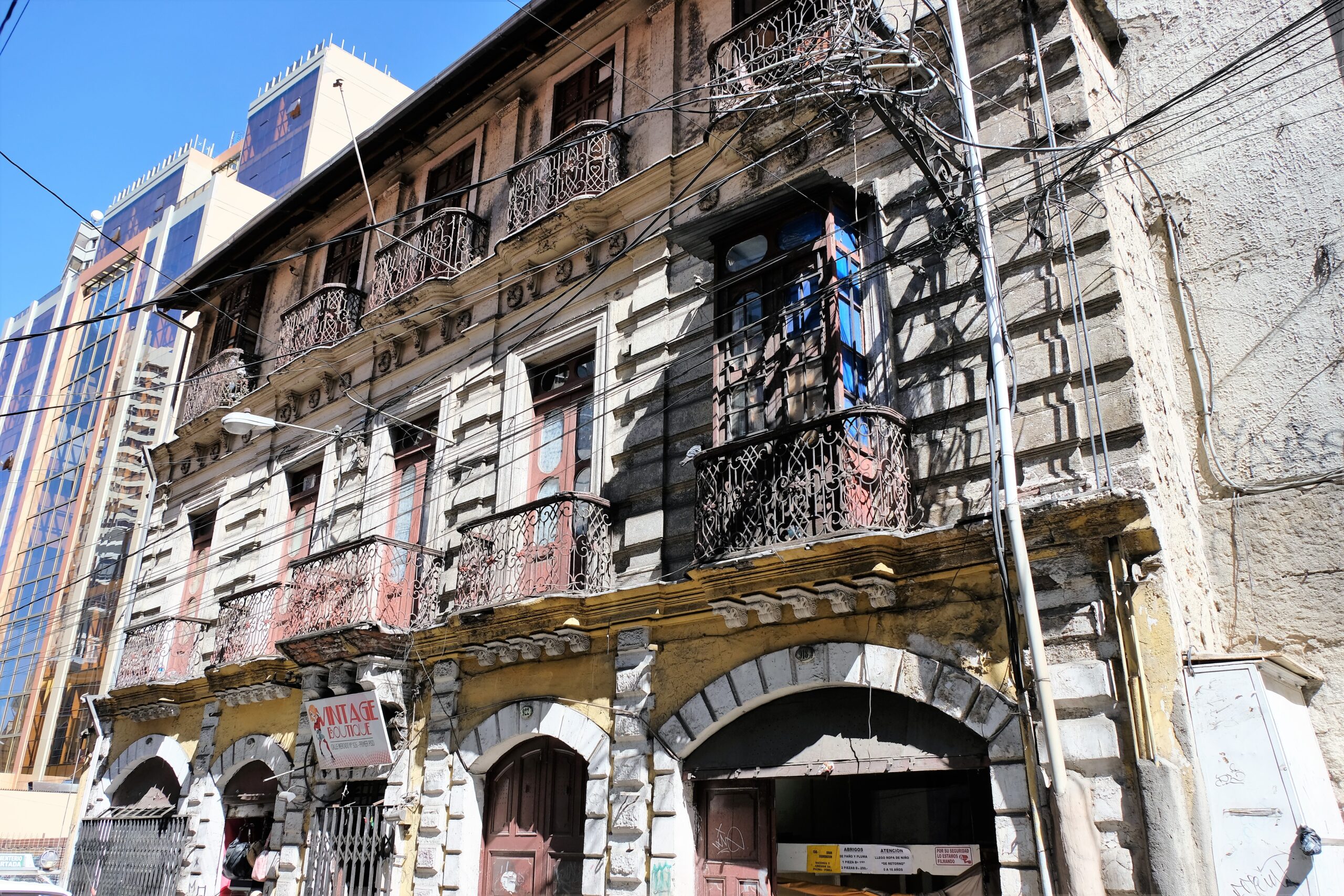

Back to exploring La Paz
Contrary to what I said earlier on how I plan my days out, I decided to explore the area near the hotel first. This included the Witches Market as I had to walk past the area on my route to Calle Jaen, my next stop.
Witches Market
For perspective, I’d be starting my day off in the area behind Hotel Sagarnaga. Calling it the witches market is rather an exaggeration, even derogatory. A better description would be traditional market, but witches’ market pulls in more visitors. I was expecting something more macabre, people wearing bone necklaces selling all sorts of powders, snake oil and animal parts (the last part isn’t too far off). I’ve been to a few “traditional” African markets and what they sell is more akin to what you’d expect at a witches’ market.
One thing you can’t miss at the market are the “little llamas” hanging on display. At first I thought they were toys like stuffed animals, but didn’t take much of a close examination to realise they were not! Hanging on display, are various sizes of llama foetuses. Ah, this must be the witches market! I didn’t know they were foetuses at first, some look like baby llamas too. Having read about this I’m confident they are all foetuses. How they get them I don’t know, I don’t want to know either (I believe through natural abortion). Other than the foetuses they sell herds, trinkets etc. nothing else seemed too out of the ordinary. I’m sure everything has its use or benefit linked to their ancestral beliefs.
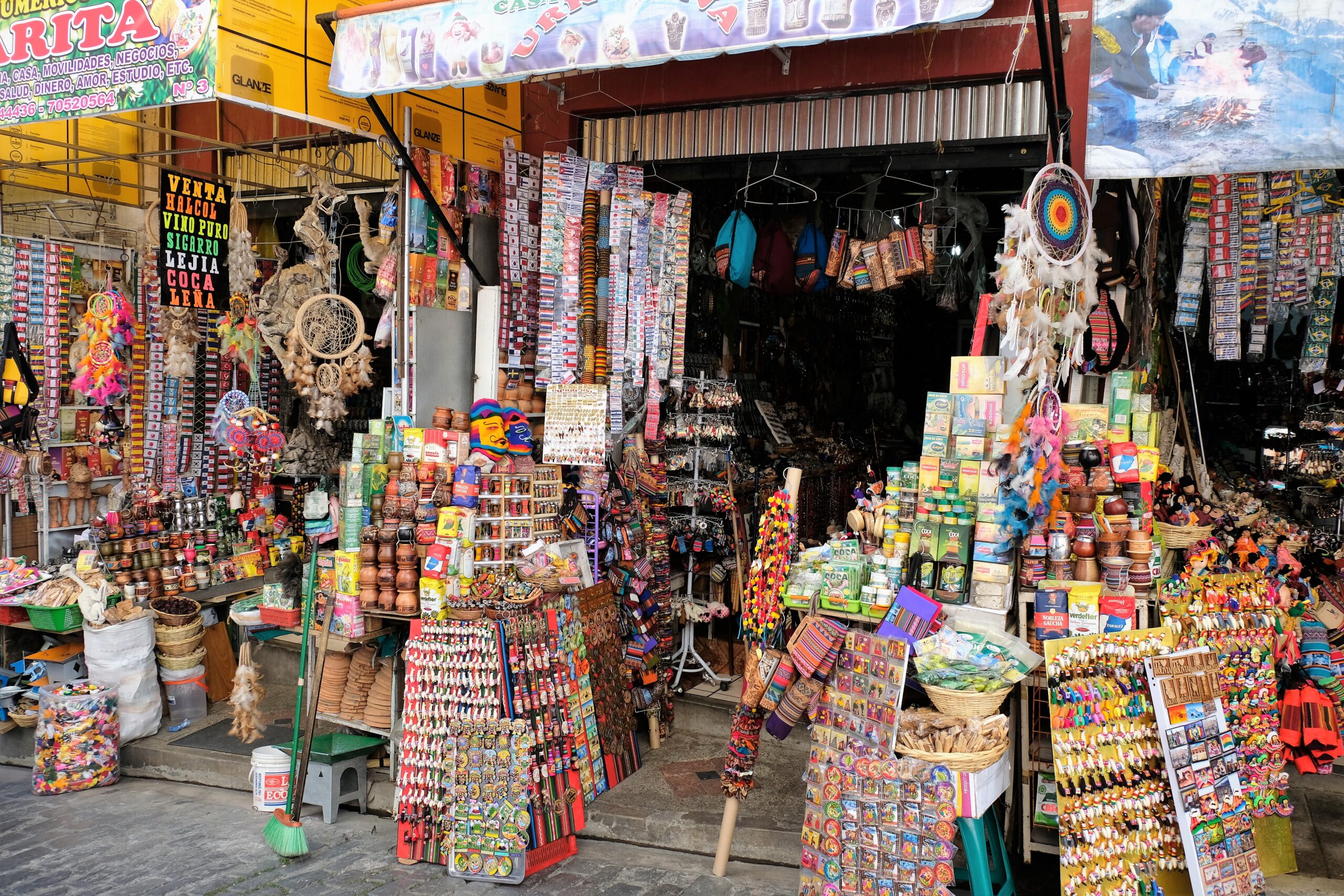
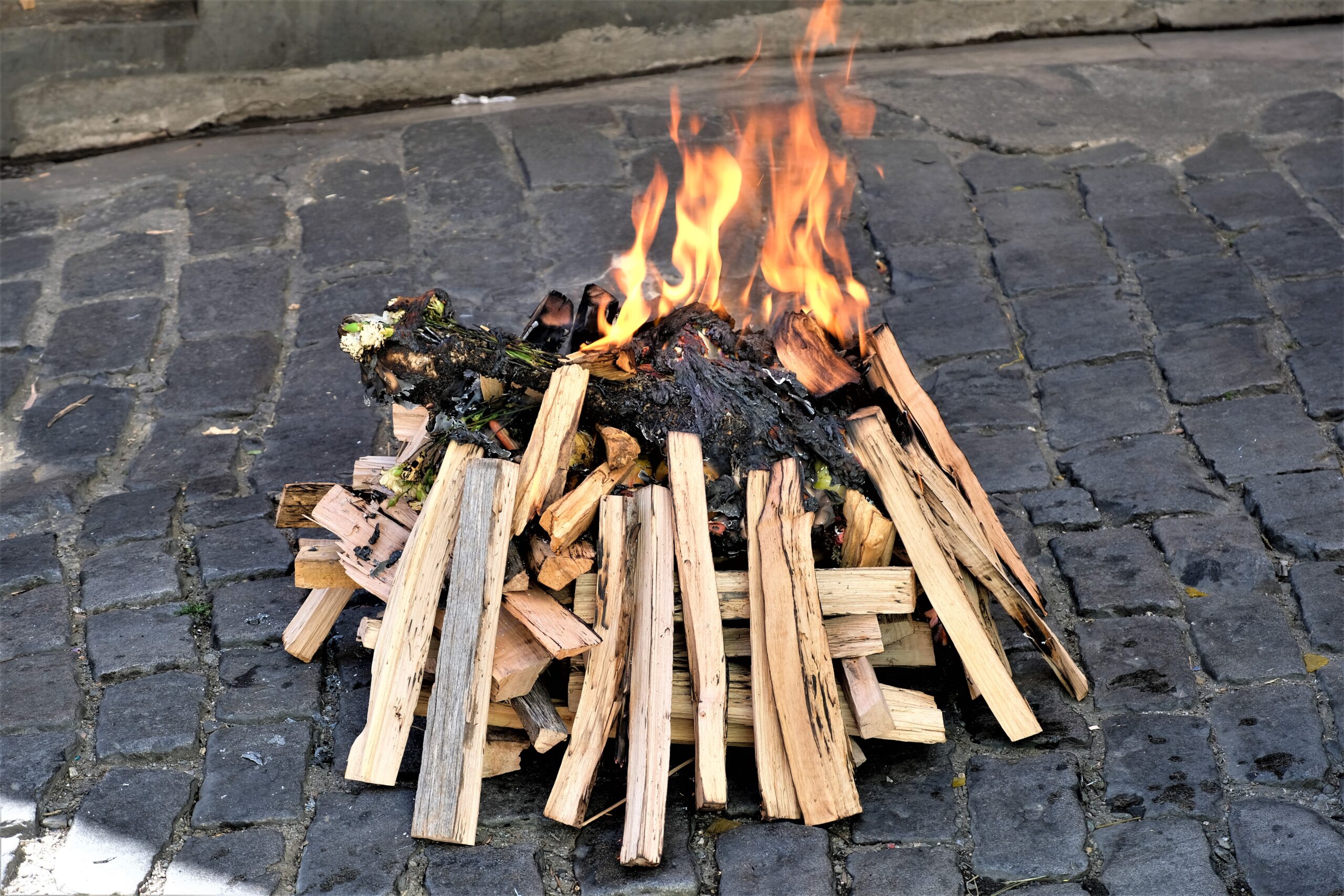
Llama Foetus
Though the Conquistadors did much to obliterate indigenous beliefs, throughout South America traditional beliefs still play an integral role is day to day life. Llama foetuses are widely used every day throughout Bolivia. Whether this is true or not I don’t know, but they say 99% of buildings throughout Bolivia have a foetus buried in their foundations. When I arrived at the witches market a group of store owners were halfway through a ceremony of burning two llama foetuses. These are mixed with sweets and herds and burnt to ensure good luck for the business. Seems chica (beer) still plays a prominent role; I don’t mean that sarcastically. Yes they drank beer and seemed jolly, but not drunk nor disorderly – still very much compos mentis.
The offering is to Pachamama, the Inca goddess of fertility; she is revered throughout the indigenous Andes population. She is the mother of the sun god (Inti) and the moon god (Mama Killa). Her mythology has changed somewhat in modern times and now is seem more as Mother Nature. Aymara priests known as Yatiri perform ancient rituals including the burning of llama foetuses and guinea pigs too; that along with herbs, coca leaves etc. I don’t know whether the women who burnt the llamas whilst I was there were Yatiri, nor what they hope to have good luck with, but they did take it seriously. After their ritual they drank, dances and sang all reservedly though everyone was happy and smiling. No sooner had they started, it ended. The street was cleared and everyone went back to their stores.

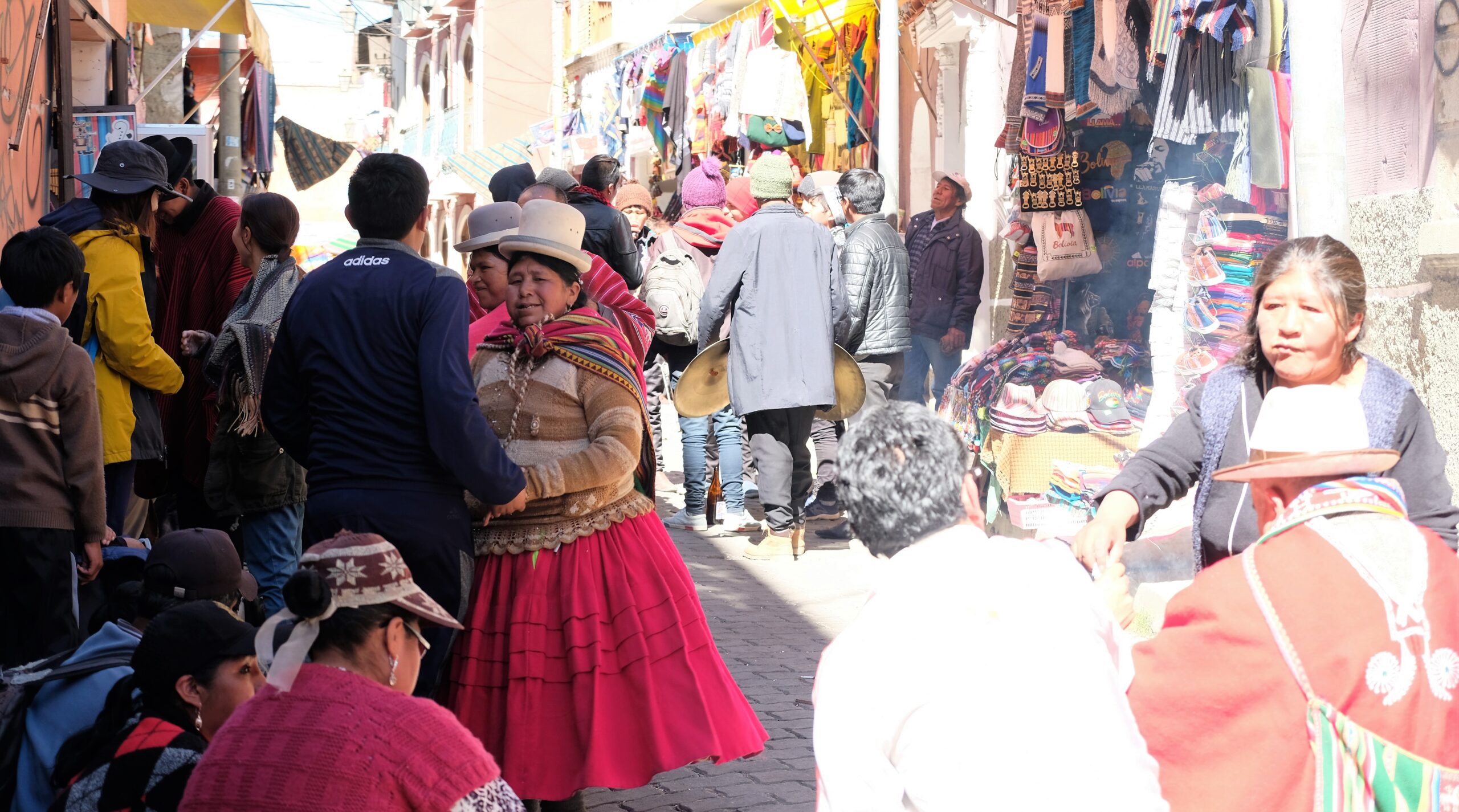
Etiquette
The stall owners all dress in traditional mestizo/chola attire, keep to themselves. They don’t like their photo taken without asking permission, most even then say no, that includes taking pictures of their stores. General practise is to ask if you can, if they say no, honour their request. If there is nobody to ask then go ahead, even then use your best decorum. This is part of their history and tradition, whether you agree with it or not. Gawking, pointing fingers are not good decorum so if you don’t like this sort of thing don’t go, or just keep walking.
Where is it?
I was expecting something much larger and more open-market style; they are more like normal shops with wears displayed outside too. You could easily walk past it without knowing if you’re not taking notice – I know a few people that did. I’d suggest walking down Southern part of Melchor Jimenez or Northern part of Linares, around the intersections of either Melchor Jimenez/Santa Cruz &/or Linares/Santa Cruz.
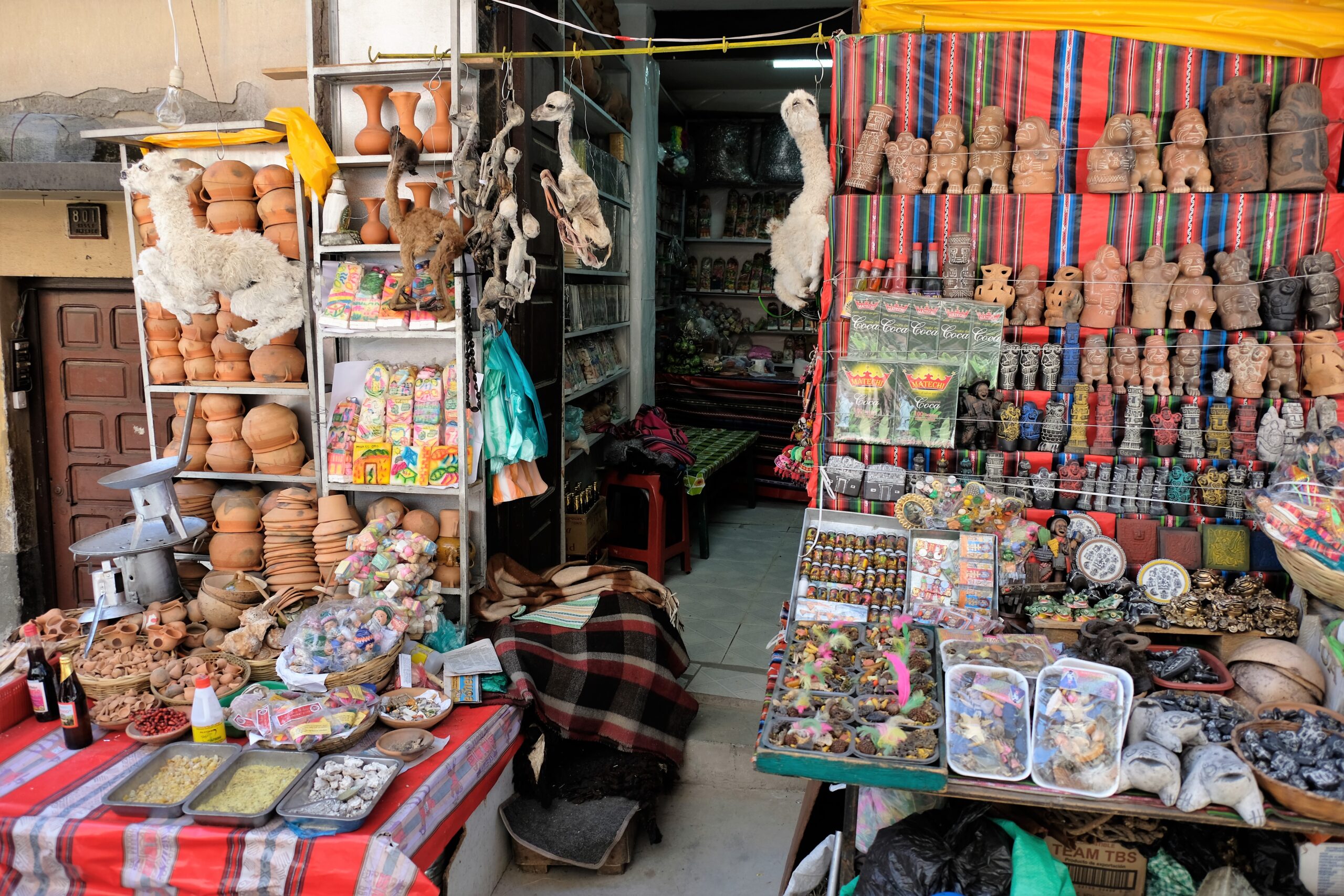
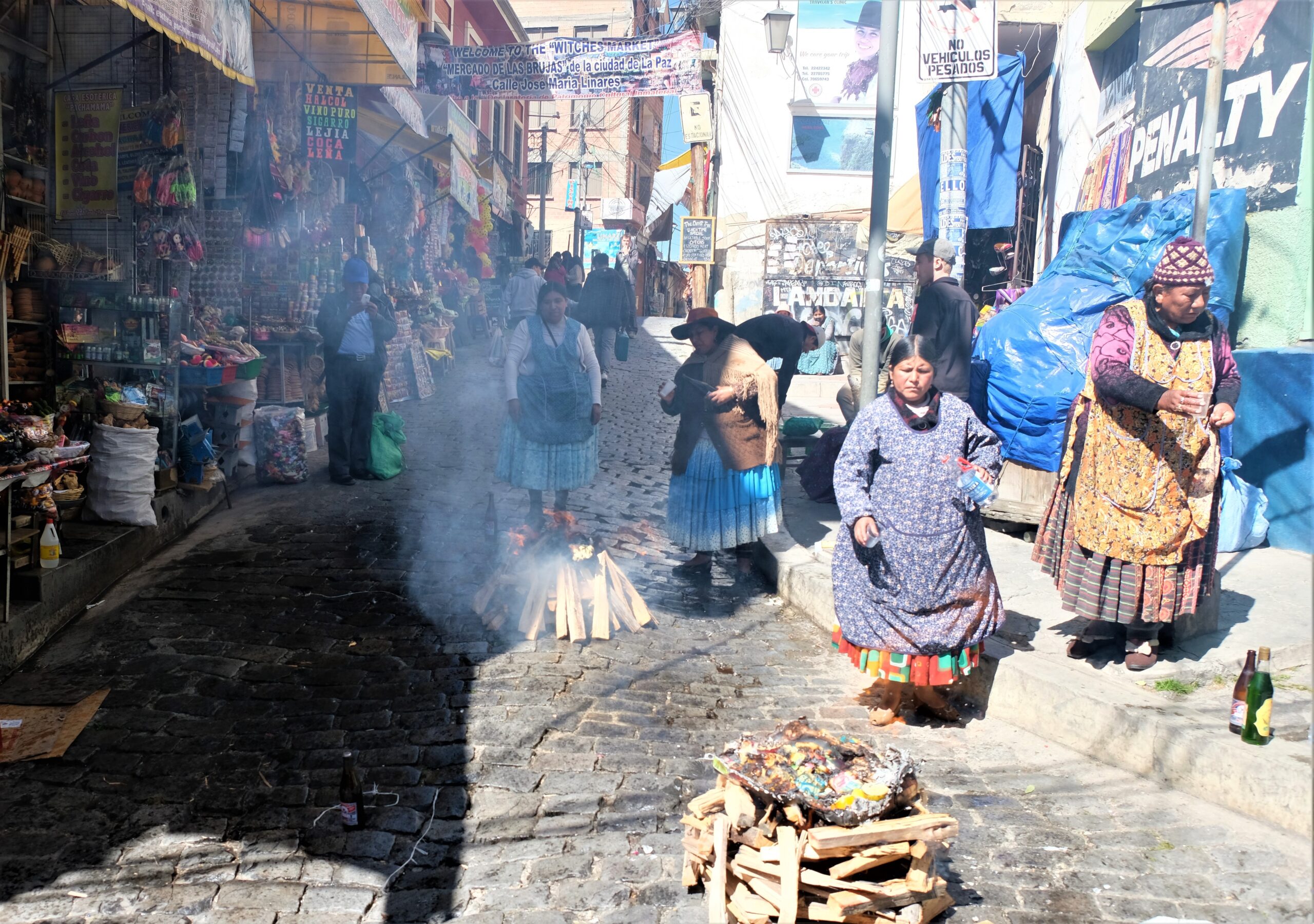
Calle Jaen / Jaen Street
One of the prettier streets in La Paz. A throwback to 18th century architecture, the road is filled with narrow original buildings now donned in different shades of pastel. Its cobblestone road arches for about 100m giving the road a sense of seclusion, yet it piques your curiosity…what is around this seemingly infinite corner? Obviously it isn’t infinite, but a pretty avenue nonetheless. Jaen Street is quite different from the rest of La Paz!
When I went almost nothing was open. These little buildings were once part of a market, now filled with more trendy tenants, bars, coffee shops etc. Also within Jaen Street and adjacent roads are many small museums; this I’m taking as second-hand information because when I visited almost everything was closed (I went on a Thursday, can’t remember the time) – that’s a shame. Here is the list of museums along Jaen Street that you “could” visit:
- Museo de Metales Preciosos/Precious Metals Museum
- Museo del Litoral/Bolivian Littoral Museum
- Museo Casa de Murillo/Pedro Domingo’s Murillo’s House
- Museo Costumbrista Juan de Vargas/Customs Museum
- Museo de Instrumentos Musicales/Musical Instrument Museum
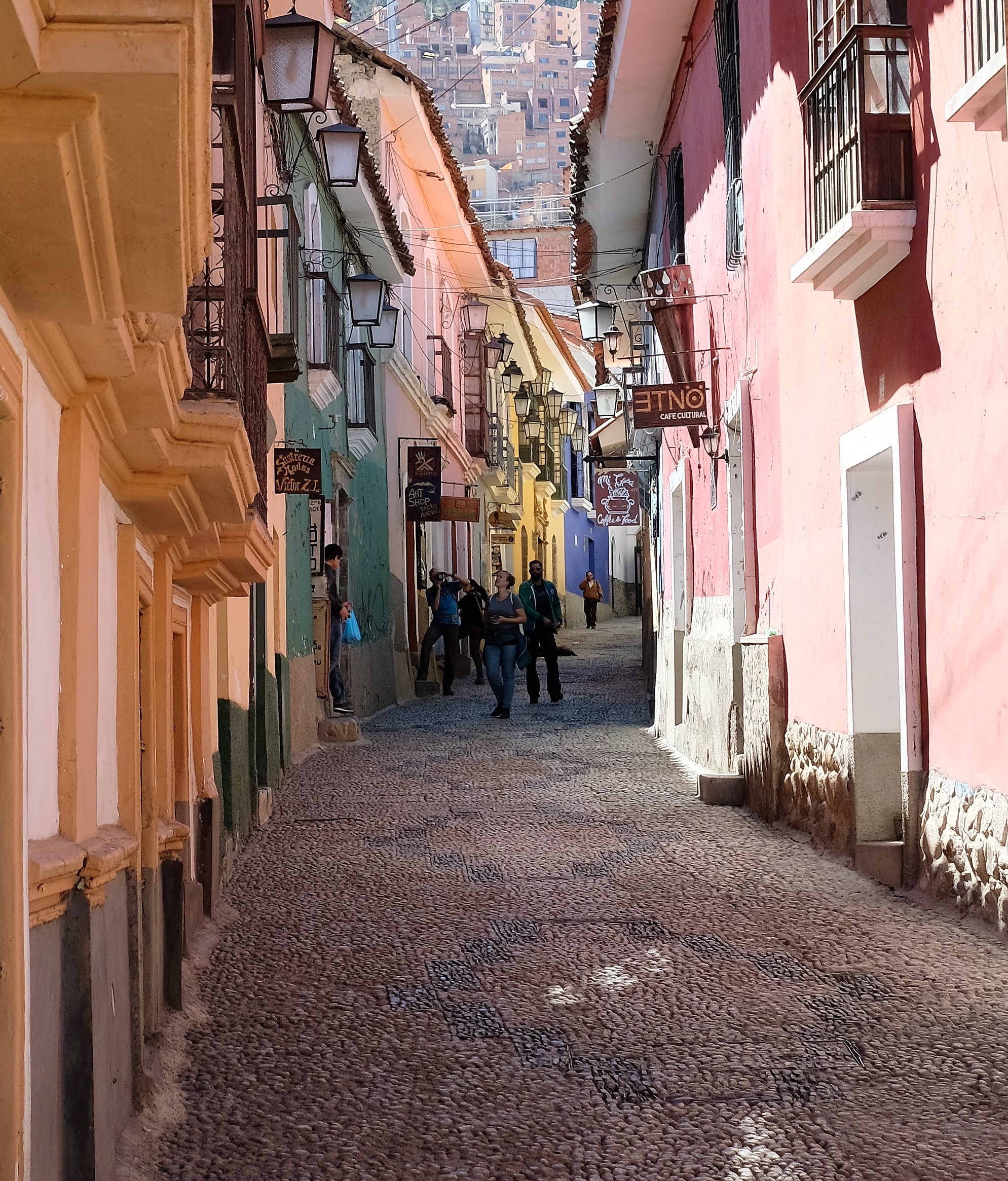
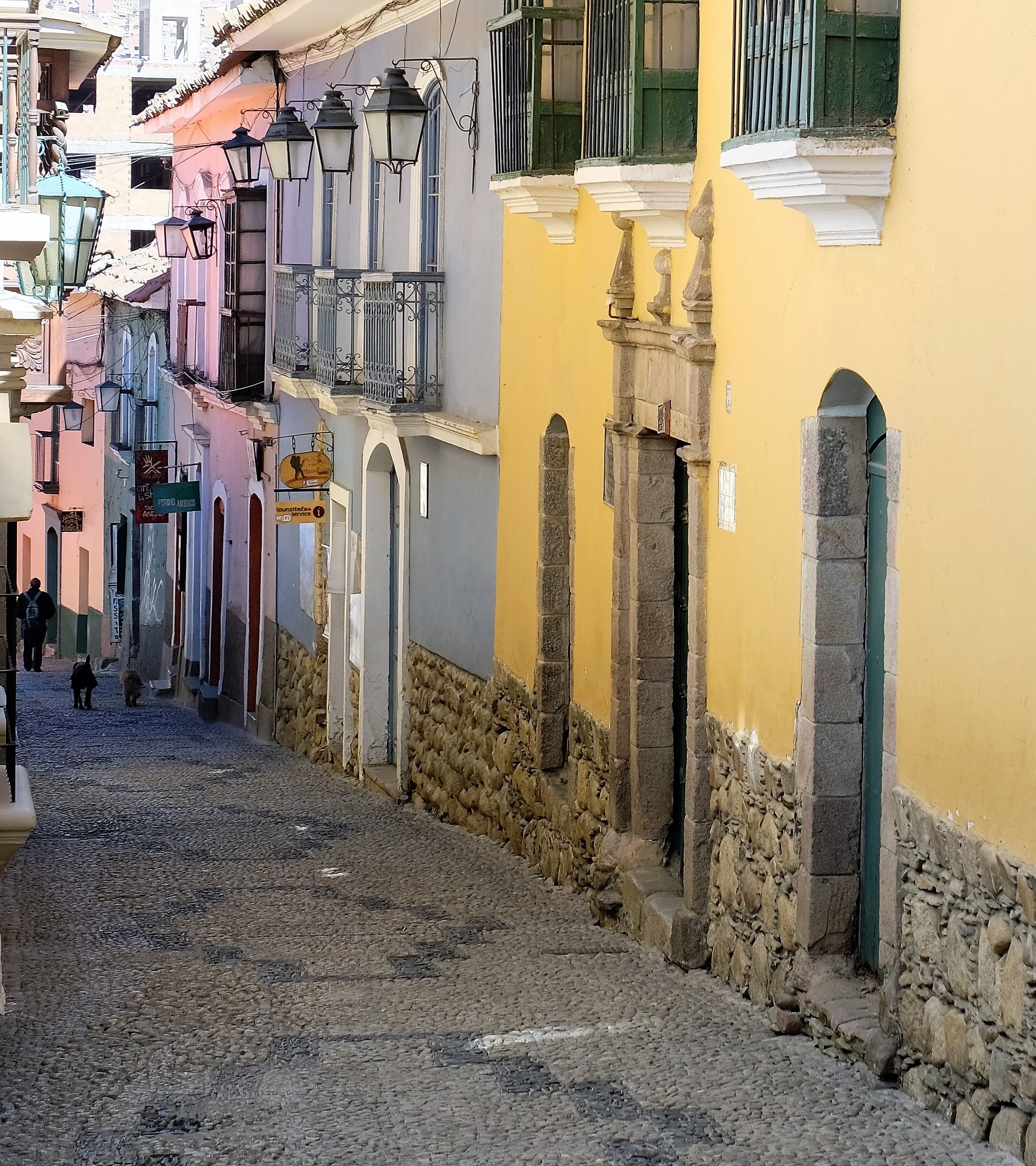
Graffiti Art / Street Art
To find graffiti or street art head down from the Witches Market on Linares to Tarija; a little road with stairs running parallel to it, that’s where the best graffiti and street art can be found. Not just along Linares, all the little side roads and alleyways. I’d say this is the most touristy area, also displaying the best graffiti and most colourful art. The road it filled with local stores selling both traditional and tourist trinkets. This place is a far cry from Leicester Square in London or Times Square in New York. Here there is still a sense of authenticity and there are more locals than visitors. This are is also where you will find most of the tourist agencies offering hiking, mountain climbing, Death Road mountain biking and many other day excursions.
For the best exploring go 50m in either direction off Linares. From pubs, Witches Market, coffee shops and cafes, graffiti and street art, the best places to eat, market stalls and street vendors. To me, this area makes La Paz. It’s not a big area, has a great atmosphere still in keeping with Bolivia’s indigenous people and catering for visitors. I spent loads of my spare time walking around there, mainly observing people (not is a creepy way), especially the locals. As most places Graffiti Art/Street Art reflects a cultures’ past present and their aspirations for the future. A commentary of the now depicted in graffiti and street art. There is also art for the sake of it, like painting a wall in bright colours to lighten-up an area. Real Graffiti Art/Street Art says something, I was here, I exist, I am relevant, I have something to say, I have emotions and here they are in public eye for all to see. It could be personal, political, emotional, cultural it could be any topic but they are all within the public eye and open to scrutiny.

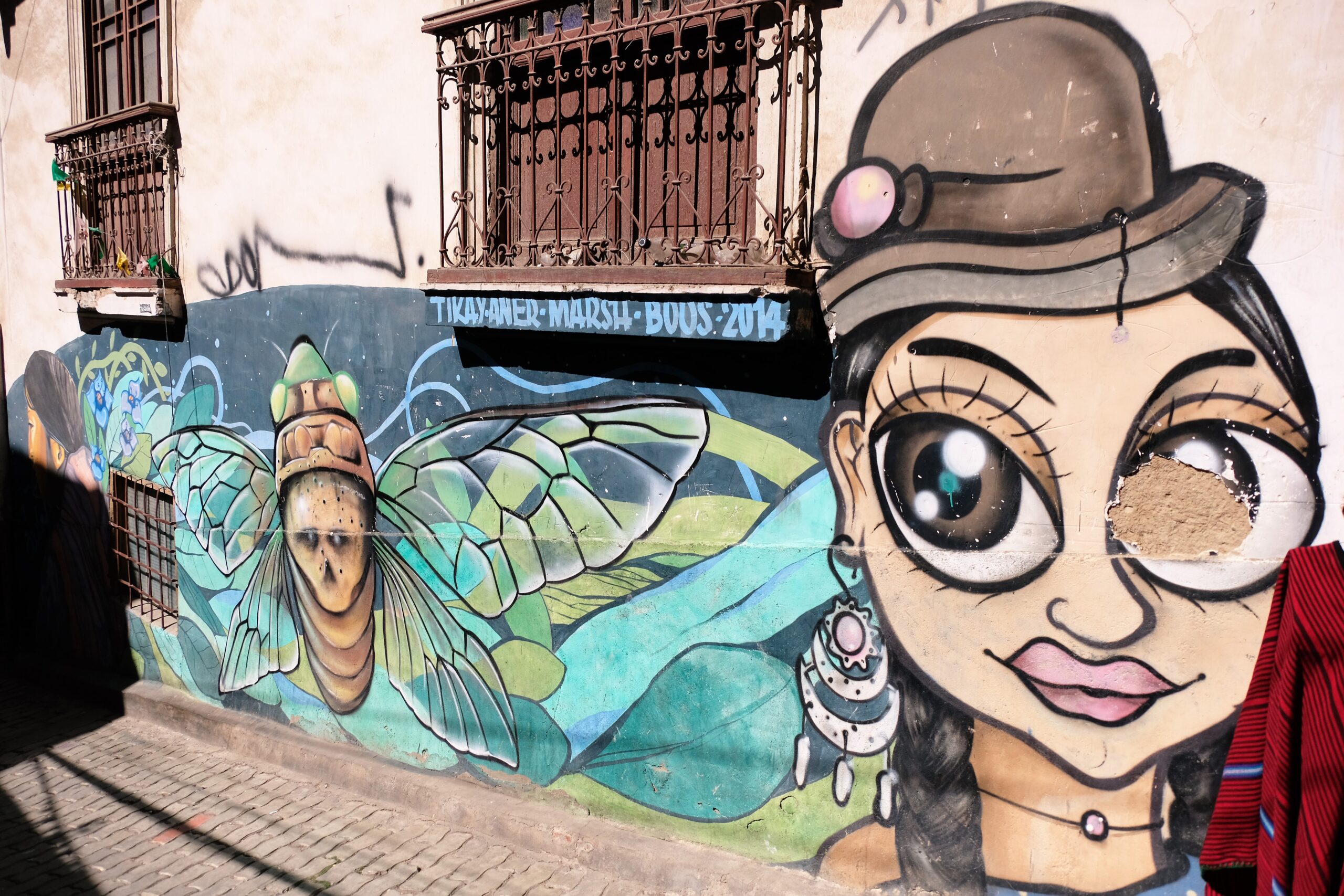

My first real day in La Paz
Interesting. There may not be loads to see, it is more quality than quantity. It’s so different to any other capital city I’ve been to, and difficult to compare. You can’t compare it to Lima, they are worlds apart. Maybe Cusco would be the closest, even so Cusco isn’t a capital city, but they do share a similarity I just can’t put my finger on it. One thing was certain, I was very glad to be out and about again. Not the most productive of days’ nor walking the furthest. Still I was beginning to get into a groove and understand the city.

